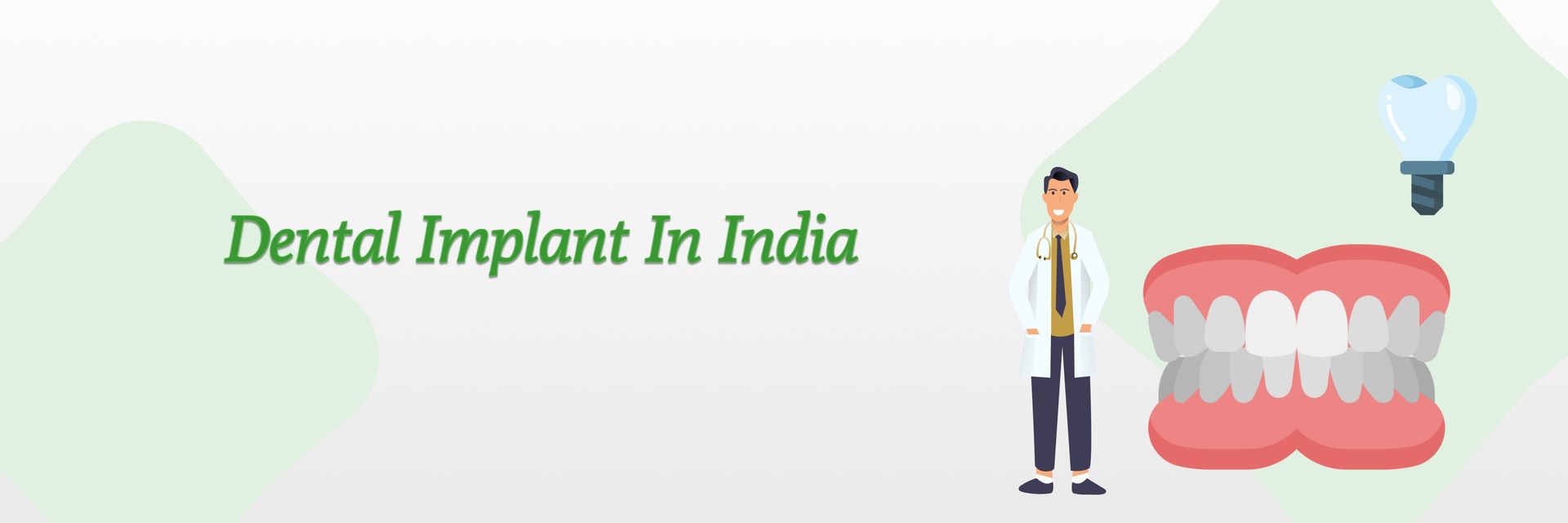Overview
As a parent, you do everything possible to keep your child’s smile healthy. Brushing, flossing, and regular dental visits are all part of the routine. However, even with excellent care, molars and premolars can still be vulnerable to tooth decay. That is where dental sealants come in.
If you are searching for an experienced Dentist in London, ON, understanding how sealants work can help you protect your child’s teeth in the long run.
Let us guide you through exactly how dental sealants prevent cavities in children and teenagers, step by step.
What Are Dental Sealants?
Dental sealants are thin, protective coatings applied to the chewing surfaces of the back teeth. These surfaces often have deep grooves and pits, which easily trap food particles and plaque. These areas are also harder to clean, especially for younger children and teens who are still developing their brushing habits.
Sealants act as a physical barrier. They block out bacteria, acid, and leftover food debris from settling into the grooves of molars and premolars. In short, sealants protect the most cavity-prone areas in your child’s mouth before problems begin.
Why Molars and Premolars Need Extra Protection
The chewing surfaces of molars and premolars are not smooth. They contain natural grooves and fissures that help with grinding food. Unfortunately, these same grooves also make them more likely to collect plaque, sugar, and food particles.
Even with proper brushing, it is difficult for toothbrush bristles to reach deep into these crevices. That is why molars are often the first place where decay starts. Children and teenagers are especially vulnerable because their back teeth are still new, and enamel is not yet fully hardened.
Dental sealants provide a smooth, protective layer that keeps those grooves clean and reduces the risk of cavities developing.
When Should Kids and Teens Get Sealants?
Timing is essential. The first permanent molars usually appear around age 6, and the second molars typically erupt between ages 11 and 13. Dentists recommend placing sealants shortly after these teeth come in, before decay has a chance to start.
In most cases, children and teenagers benefit the most. However, sealants can also help adults who do not yet have cavities or fillings in their molars. By acting early, you can save your child from more invasive and costly orthodontics treatments in the future.
The Sealant Application Process: Quick, Simple, and Painless
If you are worried about discomfort or time, there is good news. The sealant process is non-invasive and entirely pain-free. It usually takes just a few minutes per tooth.
Here is how it works:
- Cleaning the Tooth: The dentist thoroughly cleans and dries the tooth.
- Preparing the Surface: A special solution is applied to roughen the surface slightly. This helps the sealant bond properly.
- Applying the Sealant: The liquid sealant material is brushed onto the tooth.
- Hardening the Coating: A curing light is used to harden the sealant into a strong, durable layer.
How Effective Are Sealants?
Sealants are more than just a preventive measure; they are backed by strong scientific evidence.
According to the Centers for Disease Control and Prevention (CDC), sealants can reduce the risk of cavities in permanent molars by up to 80% during the first two years. Even after four years, they still offer around 50% protection. That is a significant level of defense against tooth decay.
Furthermore, studies have shown that children without sealants have nearly three times more cavities than those with them. These numbers clearly show that sealants are a wise investment in your child’s oral health.
Sealants vs. Fillings: Which One to Choose?
You might wonder whether it is necessary to seal teeth that have not shown signs of decay. The answer is yes. Preventing cavities is always better than treating them after they occur.
Here is why:
Are Sealants Safe for Children and Teens?
Yes, sealants are completely safe. They have been used in dentistry for several decades and are approved by dental and medical authorities worldwide.
The materials used are non-toxic and biocompatible. In fact, many sealants are now BPA-free, which eliminates any concern for exposure to unwanted chemicals.
Dentists apply sealants with precision, making sure they only cover the chewing surface. The rest of the tooth remains unaffected.
How Long Do Sealants Last?
On average, dental sealants can last five years or more with proper care. However, they may wear down over time due to chewing forces and daily use.
Regular dental checkups allow your dentist to examine the condition of the sealants and reapply them if needed. Reapplication is quick and straightforward, just like the original process.
Caring for Teeth with Sealants
Although sealants offer excellent protection, they are not a substitute for daily oral hygiene. You should still encourage your child to:
- Brush twice a day with fluoride toothpaste
- Floss daily
- Avoid sugary snacks and drinks
- Visit the dentist every six months
The Long-Term Benefits of Sealants
Protecting your child’s teeth now sets the foundation for a healthier smile in adulthood. Dental sealants help your child avoid unnecessary pain, missed school days, and expensive procedures later in life.
Moreover, teaching your child the value of preventive dental care builds lifelong habits. It reinforces the message that taking care of your health early makes a difference.
Final Thoughts
Sealants are one of the simplest and most effective tools available to prevent cavities in kids and teens. They offer long-lasting protection, are completely safe, and take only minutes to apply.
If your child is between the ages of 6 and 14, now is the perfect time to speak with a Dentist in London, ON about sealant options. By acting early, you take a smart step toward keeping their smile strong, healthy, and cavity-free for years to come.







